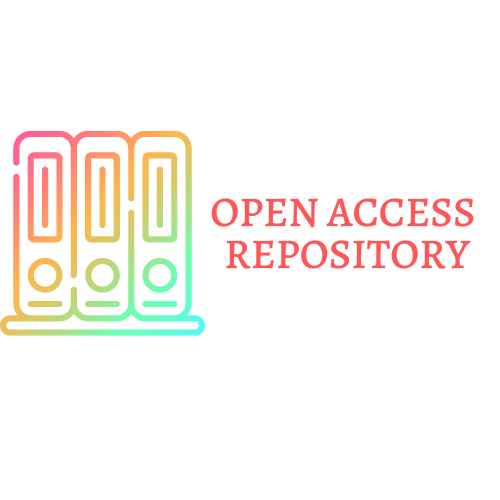MODERN EVOLUTIONS IN TUBERCULOSIS DIAGNOSIS
DOI:
https://doi.org/10.17605/OSF.IO/VFT8NAbstract
Tuberculosis (TB) is the leading cause of morbidity and mortality worldwide. An estimated 25% of the world's population is infected with Mycobacterium tuberculosis, with a 5–10% lifetime risk of progressing TB disease. Early detection of TB disease and timely detection of drug resistance are essential to reduce its global burden. Culture, direct microscopy, biomolecular tests, and whole genome sequencing are approved diagnostic methods; however, their widespread use is often limited due to cost, local resources, time constraints, and operator efficiency. Methods for optimizing this diagnosis, in addition to developing new methods, are under consideration. The choice of an appropriate treatment regimen depends on the nature of the sensitivity of the detected isolate. Currently, 16 new TB drugs are in Phase I or II clinical trials, and another 22 drugs are in preclinical stages. Along with the development of these new drugs, most of which are oral drugs, new shorter regimens are being evaluated. The purpose of these shorter regimens is to encourage patient adherence and to prevent relapse or the development of further drug resistance. Screening for TB infection, especially among vulnerable populations, provides an opportunity for intervention before infectious TB progresses. New regimens are currently being evaluated to evaluate the effectiveness of shorter treatment duration in this population. In addition, there is extensive research on the use of post-exposure vaccination in this cohort. International cooperation and exchange of experience is essential to achieve our ultimate goal of ending TB worldwide.





